 [Beginning in my previous post, continuing below, and concluding in a post to follow I present the complete text of a lecture on the subject of photo education that I delivered at an August 1989 symposium titled “The Other Side of Photography: Profiles in Education,” hosted by the Gerrit Rietveld Academie in Amsterdam, and published by them in a volume of proceedings later that same year.
[Beginning in my previous post, continuing below, and concluding in a post to follow I present the complete text of a lecture on the subject of photo education that I delivered at an August 1989 symposium titled “The Other Side of Photography: Profiles in Education,” hosted by the Gerrit Rietveld Academie in Amsterdam, and published by them in a volume of proceedings later that same year.
Inevitably, after almost 27 years (some of it actually comes from a talk given eleven years earlier), portions of this lecture have become outdated. (For example, the culture wars had barely started, so the National Endowment for the Arts still made grants to individual artists.) But much of it still strikes me as relevant to our current situation, and some of it anticipated what has come to pass.
You’ll find the section that the late Jo Spence admired at the end of part 3; I feel honored that she considered it important enough to pass along to students. (You’ll find it also at the conclusion of my 1998 collection of essays, Depth of Field. Click here for a PDF file of it.)
I offer this talk to any graduating class that wants it, free of charge, as a commencement address from an uninvited guest speaker. Click here for part 1, and click here for part 3. — A. D. C.]
•
Awaiting the Millennium:
Photography Education Towards the Year 2000
(continued)
… Let us now turn our attention to “the academy.” In photography, that academy emerged during the moneyed 1960s and early 1970s. That was a time of innocence for all those involved in so-called creative photography.
At least for a time, it was possible to believe that colleges, universities and art institutes would never cease to open and expand departments of photography, thus providing an endless source of teaching positions to degreed young photographers trained only in personal self-expression. It was possible to believe that the government-run and privately subsidized foundations would continue to pump ever-increasing numbers of grants into the veins of art photography, that we could nurse at that teat forever without fear of it drying up and without preparing to be weaned. It was possible to believe that museum and gallery exhibition spaces would continue to open up, that more and more photography books would be published and photography magazines founded — that, in short, it would be possible for a virtually infinite number of career art photographers to live reasonably well merely by “doing their own work” and, if absolutely necessary, supplementing that by teaching others to do the same. [Note, May 1, 2016: See the 2012-13 American Association of University Professors report on the odds for full-time employment as a post-secondary teacher. — A. D. C.]
 In the past few years we have learned — to the dismay of many though hardly unpredictably — that our culture’s need for career art photographers is limited and that we may well have oversupplied the demand for the remainder of this century. Indeed, given the number of people now involved in art production, we may have reached the first occasion in the history of western civilization — perhaps in the history of the world — when the supply of art of all kinds actually exceeds the demand for it.
In the past few years we have learned — to the dismay of many though hardly unpredictably — that our culture’s need for career art photographers is limited and that we may well have oversupplied the demand for the remainder of this century. Indeed, given the number of people now involved in art production, we may have reached the first occasion in the history of western civilization — perhaps in the history of the world — when the supply of art of all kinds actually exceeds the demand for it.
As the population of career art photographers swells, the ratio of available grants, teaching positions, traditional exhibition spaces and publishing outlets necessarily diminishes. This basic mathematical formulation is a piece of hard news which it is our task to break to the current generation of photography students.
Declining enrollments in many degree-granting photography programs whose emphasis is entirely on self-expressive imagery bear out the suspicion that fewer and fewer students are willing to commit themselves to being career artists in photography. We have seen the end of the era of the open pocketbook among the institutions housing photography departments; I believe we are now seeing the end of that era among the students who enter such departments. More and more, we will be facing a demand for the economic self-justification of all courses of study, photography among them. Profiles of the current generation of college students show them to be far more conservative in choosing their field of specialization, and more deeply concerned with the relationship between their education and their future in the job market, than were the students of ten years ago.
I would suggest that we can direct these students along either of two broad courses. Those who wish to photograph along purely self-expressive lines should be clearly informed of the severe limitations of career options in that field, and should be urged to develop other means of economic self-support. They should also receive extensive instruction in those skills which are essential to professional art photography — exhibition design, book layout and production, and teaching. (The teaching of photography to the disabled, to the imprisoned, to primary- and secondary-school students, and to adults in continuing-education programs seems to me to offer real possibilities for employment.) And they should be prodded into the exploration of alternatives to the museum/gallery/monograph circuit in which so much art photography is presently trapped.
Those who wish to earn their living through their craft should be urged to develop an involvement with and expertise in one or more other fields of study in which photography plays a significant role. Surely some among them will be drawn to such related areas as curatorship, historiography, criticism, and conservation, and the emerging field of electronic image librarianship, in all of which photographic experience is an employable skill. But I am also speaking here of the concept of interdisciplinary studies.
This is a concept which appears to threaten many of those involved in photography education. I say this because I have seen too little dialogue on this subject over the past ten years despite the fact that an increasing number of other disciplines — sociology, anthropology, psychology, and history among them — are becoming increasingly aware of their involvement with and frequent dependence on photography.
Facing up to the challenge of interdisciplinary studies in photography will require much painstaking reassessment of our educational assumptions, priorities, and methodologies. It will also require drastic, even brutal, upgrading of the typically minimal and mediocre standards of research, preparation, thinking and articulation to which students of photography are presently held. No part of that process will make anyone involved in it happy. But there is no way of avoiding that challenge without becoming irrelevant to the medium’s future.
That is a difficult path to tread. It involves fundamental reformulations of our concepts of creativity and education, and requires the abandonment of our stereotypes as to what being an artist is all about. So far, we have tended to take the easier road — and have thereby created an already overcrowded class of specialists in self-expression who feed on sinecures in the profession of teaching, to which they often have no commitment and in which they usually have no training; who feed on patronage from the privileged wealthy with their institutional fronts; who feed on public grant monies extracted from other human beings whom our culture has turned into worker drones.
Are those the unique understandings to be drawn from the medium of photography? Is it possible that we have subverted that medium by ignoring its essences and conforming it to the shape of the “high” arts? What meaningful structures can we truly expect to erect upon such decadent and self-defeating premises? Have we been building towards the future, or away from it?
•
That’s some of what I had to say to my colleagues in the States in 1978. Some of it still pertains in the States today, and I hope is germane to the concerns of this seminar.
Reviewing one’s prophecies is always a sobering experience. The questions one asks are not only “When was I right?” and “When was I wrong?” but, perhaps most painfully, “Where did I miss the boat entirely?”
So I was grateful to discover that I hadn’t made too much of a fool of myself. True, as you heard, I’d projected that a popular, accessible form of holography (or some alternative three-dimensional imaging process) would be introduced, with the result that 3-D imagery would swiftly begin to replace the still-standard two-dimensional forms. As someone said during a symposium in which I took part recently, holography seems to be the ever-receding horizon of new photographic technology: always in sight, never within reach. At least not yet, in any case — though classes in holography are now being offered by the State of New York to its public-school teachers.
Conversely, I was certainly too timid in my anticipation of the impact of electronic imaging and its pervasion of the field of visual communication. While I cautioned photography teachers to prepare for students using electronic cameras, and projected a communications environment in which image manipulation increased rapidly, I’d no idea that a mere decade later the Scitex machine and other such devices would be accomplished facts, and that photography education would have fallen almost hopelessly behind and be scrambling to catch up with the onslaught of these new technologies.
On the whole, though, I found myself to be pretty much on the money, as I hope you will agree. Perhaps that gives me permission to venture another set of diatribes and prognostications.
Before I do, though, I should point out that things have changed over the past decade. I’m eleven years older, for one thing, a shocking discovery, especially since it seems only two years ago at most since I was standing on the platform at Asilomar, California, giving this presentation’s predecessor. So, clearly, it is a different Jeremiah from the one of 1978 who speaks to you today.
•
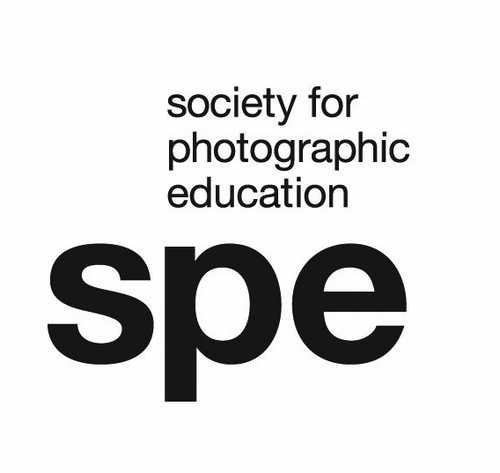 In the decade since that keynote address talk I went from being a rank-and-file member (and sometime gadfly) in the Society for Photographic Education to becoming a member of the organization’s board and the founding chairperson of its Ad Hoc Committee on Censorship and Freedom of Vision — and from there to resigning from the committee chair, quitting the board, and finally leaving the organization itself with an open letter of resignation (which the board refused to publish).
In the decade since that keynote address talk I went from being a rank-and-file member (and sometime gadfly) in the Society for Photographic Education to becoming a member of the organization’s board and the founding chairperson of its Ad Hoc Committee on Censorship and Freedom of Vision — and from there to resigning from the committee chair, quitting the board, and finally leaving the organization itself with an open letter of resignation (which the board refused to publish).
The shambles of the field is reflected, appropriately, in the rapid deterioration and imminent collapse, at least on the national level, of the Society for Photographic Education. The organization’s board of directors is now made up largely of arts administrators and arts bureaucrats; no teaching artist of major reputation has served on it for years, and the two most recent chairs have no significant reputations as either artists or teachers.
Pandering to the interests of the unfledged and flightless has virtually eliminated serious professional discourse within the organization. That, in combination with endless political machination and careerist self-promotion masquerading as ideological struggle, has driven from the organization (or from attendance at its conferences) virtually everyone with senior status in the field. The only hope for the organization, in my opinion, lies in its regional divisions, which fortunately have been gaining in strength and stability over the past few years.
This organization is so befuddled on even the most basic issues that it sponsored a national survey of MFA programs written and conducted by a graduate student — who, predictably, was so inexperienced that she didn’t know what questions were essential to ask. (Such as: Do you accept your own undergraduates as graduates? And do you hire your own graduates as faculty? Both of these practices being almost infallible signs of terminally corrupt and inbred programs.)
The implosion of the SPE is particularly unfortunate because at no time since the society’s inception some twenty-five years ago has there been more need in our field for a serious professional organization. We’ve had a quarter of a century to establish photography as an academic discipline truly deserving of the name, and I’m not convinced we have succeeded.
Photography entered the academy through the back door, by grace of the student enrollment (for which read: money) it could generate in the flush times of the 1960s. But the necessary work of consolidation that should have followed up on those early gains was not forthcoming. Historianship, scholarship, criticism, theory, the pursuit of reasoned premises for lens-image studies, a genuine pedagogy: these have been neglected in favor of courses — courses, offered for credit! — in preparing your resumé and portfolio (commonly called Hustle I), or Introduction to Diary-keeping, or something equally demanding.
The serious dialogue over educational methodologies that began with the founding of the SPE has since been allowed to evaporate; nowadays anyone with a Master of Fine Arts degree from anywhere is presumed to be competent to teach any aspect of photography. One colleague of mine was actually told, by an indignant young faculty member whose credentials he had dared to question, that she was qualified to teach a course in documentary photography because she’d taken a course in it (from someone who’d never produced a body of documentary work) and received an A.
Perhaps most pathetically, we still do not even have a working definition of what constitutes an oeuvre, a body of work, in photography. Small wonder that while some of us continue to call for interdisciplinary studies, those involved in the other disciplines have not been encouraged to help build the necessary bridges. …
•
 Special offer: If you want me to either continue pursuing a particular subject or give you a break and (for one post) write on a topic — my choice — other than the current main story, make a donation of $50 via the PayPal widget below, indicating your preference in a note accompanying your donation. I’ll credit you as that new post’s sponsor, and link to a website of your choosing. Include a note with your snail-mail address (or email it to me separately) for a free signed copy of my 1995 book Critical Focus!
Special offer: If you want me to either continue pursuing a particular subject or give you a break and (for one post) write on a topic — my choice — other than the current main story, make a donation of $50 via the PayPal widget below, indicating your preference in a note accompanying your donation. I’ll credit you as that new post’s sponsor, and link to a website of your choosing. Include a note with your snail-mail address (or email it to me separately) for a free signed copy of my 1995 book Critical Focus!


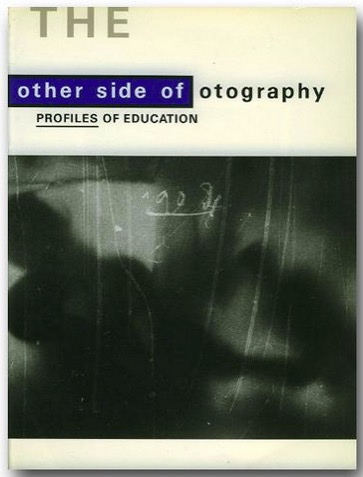
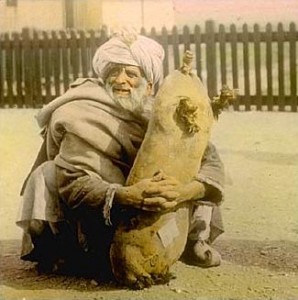
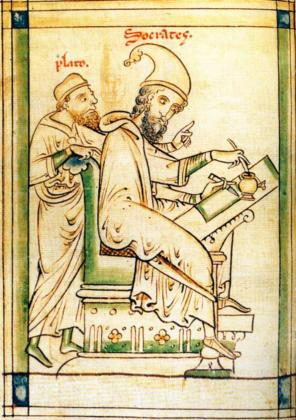
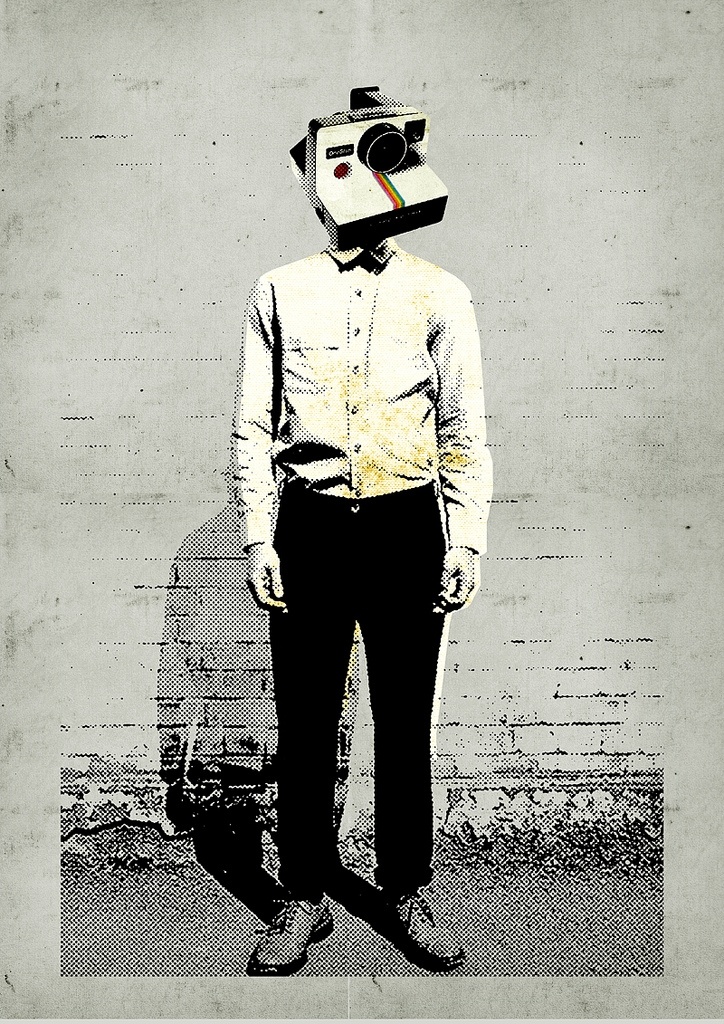
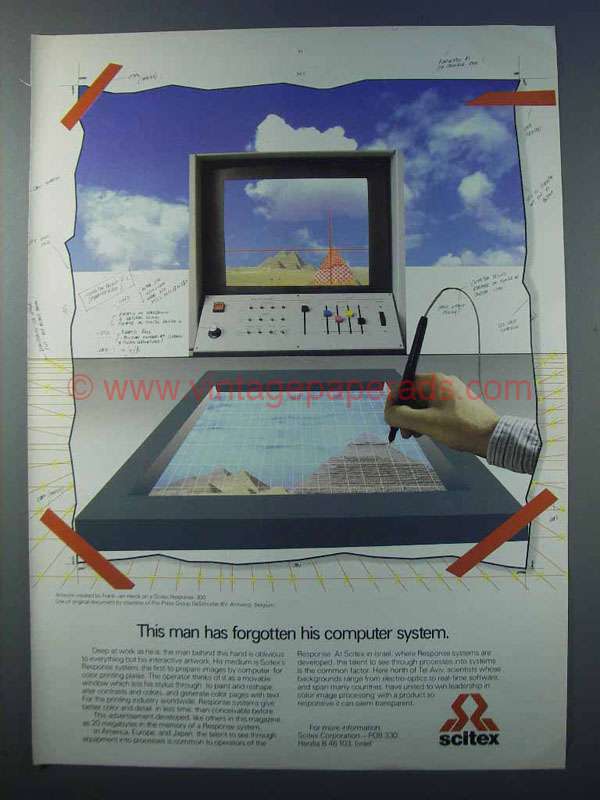
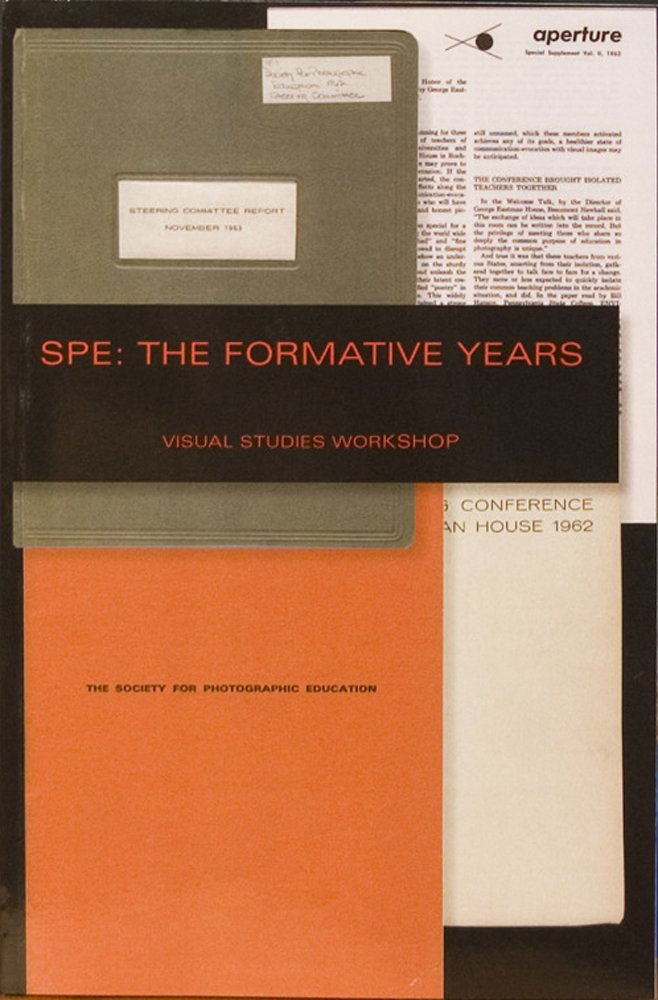
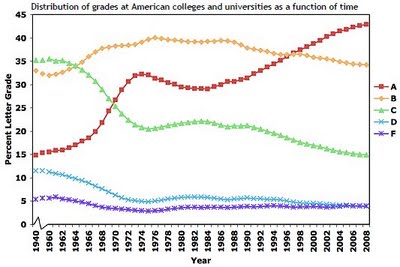




Leave a Comment